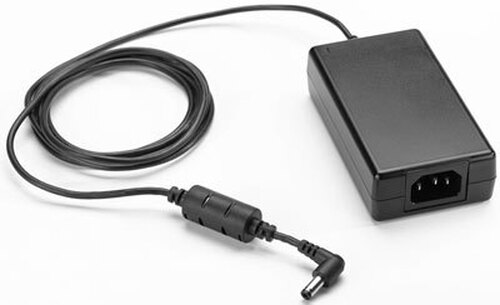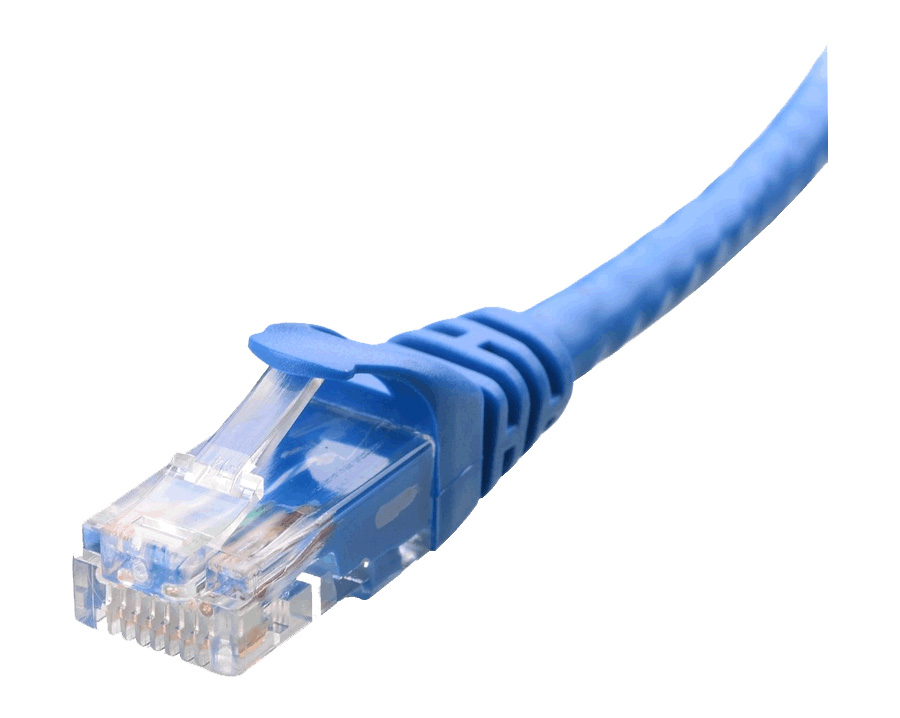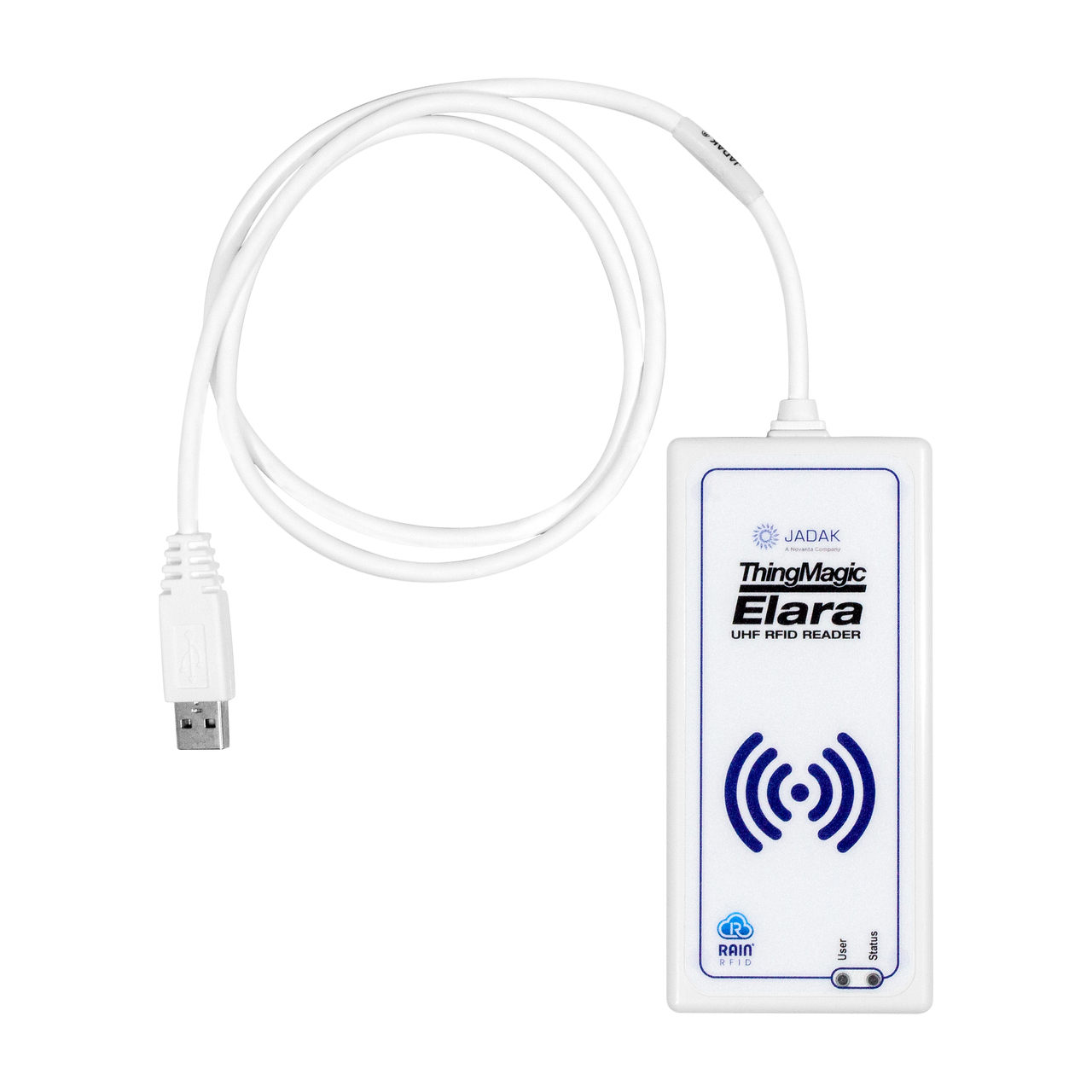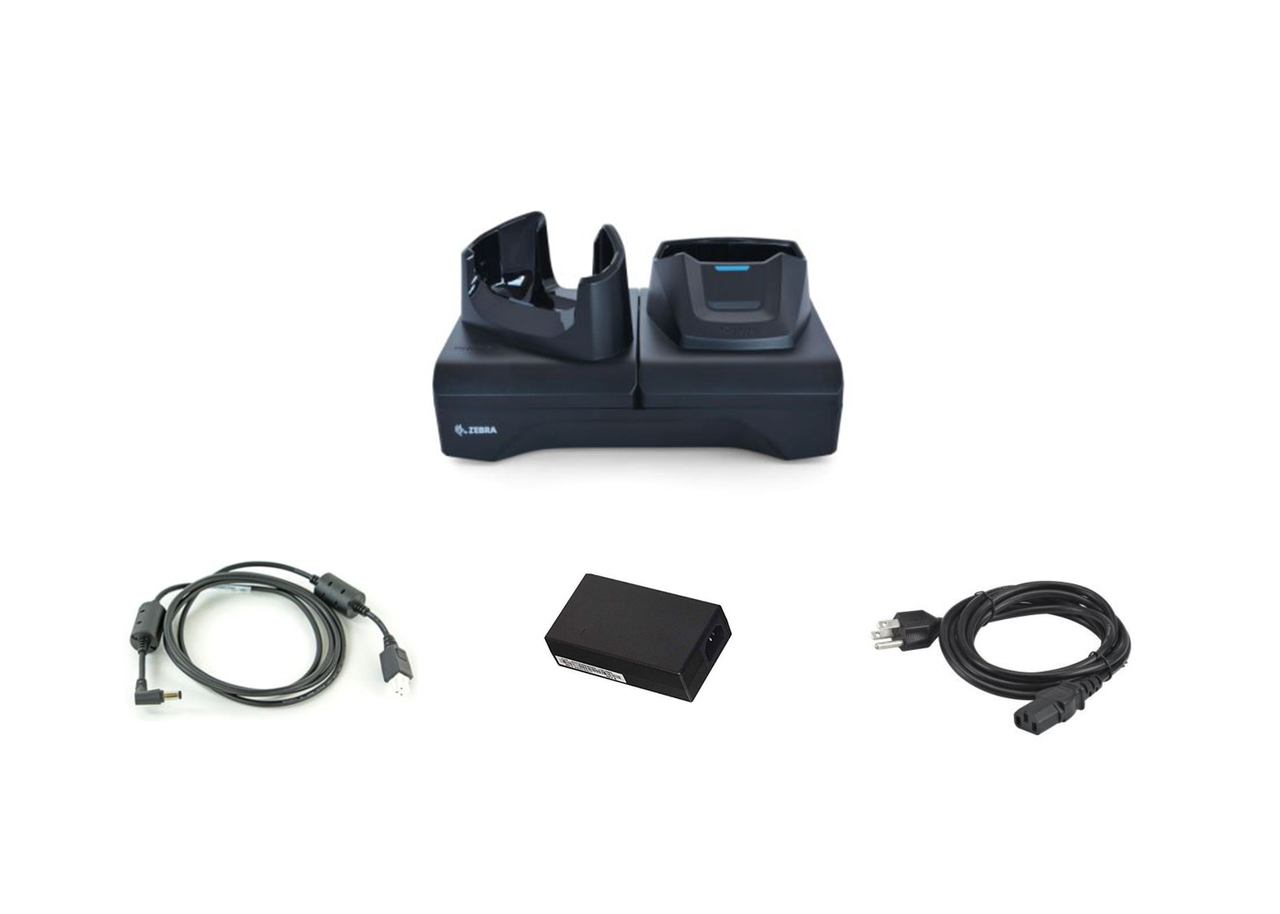5 Ways to Power RFID Readers
Introduction
Powering RFID Readers usually isn't complicated, but there are a few different options depending on your specific reader, preferences, and network capabilities. Most of the time, the RFID reader's manufacturer will recommend one or two options for efficiently and effectively powering the reader. The most common options are powering via a USB cable, AC Adapter, Power over Ethernet (PoE), or Battery.
Before jumping directly into powering options, it is important to note the amount of power a reader requires to operate. Since RFID readers are available in a variety of form factors, each reader's power needs will be a little different. The list below shows the different power needs for the three main types of RFID readers.
USB Readers - typically require 3.5 to 5.5 Volts DC power
Fixed Readers / Integrated Readers - typically require 24 Volts DC power
Handheld Readers - typically require 3.6+ Volts Battery power
Powering Options
The Top 3 Most Common RFID Reader Powering Options & How-To Use Them
Checkout this video that walks through the top three most common RFID reader powering options mentioned below. The video starts by showing you the top 3 options - AC Adapter, PoE via the capable network standard, and PoE via a PoE Injector, and then explains the necessary hardware and requirements for each. Then the video demonstrates how to power a fixed RFID reader using all three options.
To watch this video on YouTube, click here.
# 1 - AC Adapter

Goal: Simply power the reader; Data Interface cable separate
Used By: Fixed Readers, Integrated Readers
Pros:
- Easy-to-use
- Comes standard or can be added to reader upon checkout
- Simple plug-and-play setup
Cons:
- Power outlet must be within a certain amount of range
- Power brick can be bulky and tripping hazard
- No standard AC power adapter - most RFID readers are completely different
Required Equipment: AC Adapter (1 line cord, 1 power brick), 1 Ethernet Cable
Directions: AC adapters come standard in two pieces, a line cord and a ‘brick’ power supply. Simply connect the two pieces and plug the brick supply into a standard power outlet, and the unique line cord directly into the power port on the RFID reader to begin powering. Then plug one end of your Ethernet cable into your RFID reader's PoE/LAN port, and the other end into your computer's Ethernet port or an Ethernet wall port. To watch these steps, checkout the video above.
# 2 & 3 - Power over Ethernet (PoE) [Two Options]

Goal: Power and Data Interface together
Used By: Fixed Readers, Integrated Readers
What Does it Mean? Using PoE to power an RFID reader simply means that instead of having one specified data transmission cable (typically an Ethernet cable) and one specified powering cable (typically an AC adapter cable) - the data transmission cable (Ethernet) has the capability to also power the device. This is the simple explanation, and would require the technical specifications of your network and cabling in order to be used. I’ll break out what that means below.
Option 1: PoE via the Capable Network Standard
In order to provide the required amount of power as well as data connectivity to your RFID Reader in one single cable, the Ethernet network standard must be PoE+, which provides up to 25.5 W of power. In an ideal world, your Ethernet system protocols have been updated to this new standard ( PoE+ (802.3at)) and you have updated cat 5 or cat 6 Ethernet cables at your disposal.
Option 2: PoE via a PoE Injector
In some businesses, the Ethernet standard has not been updated or is not currently known - and, especially in older buildings, presumedly does not have the available resources or capabilities to power the RFID reader. In these cases, a low-cost, PoE Injector can be purchased that can supply the additional power requirement necessary.
If you know that your current Ethernet setup is not up to the new standard in the 'Option 1' above, you will have to purchase an additional piece to power the reader - either the AC adapter or a PoE Injector.
What’s a PoE Injector?
A PoE Injector converts a power cable and a data interface cable into a single output, and resembles an AC adapter. A PoE Injector comes standard in two parts - a line cord, and ‘power brick’ piece. The line cord plugs into a standard outlet, but the power brick portion is a little different. On the front, there are two Ethernet ports that typically denote “In” and “Out”. You will need two Ethernet cables for most PoE Injector setups.
Pros:
- If your Ethernet standard is updated and power and data can be accessed from one single Ethernet cable, this is as easy as it gets (Option 1).
- Using PoE eliminates the need for separate data and power cable runs, which can reduce the cost of implementation (Option 1 & 2).
Cons:
- If your Ethernet standard is not updated - this will require an additional piece of hardware and at least 3 separate cables (line cord, 2 Ethernet cables), one more than an AC power adapter setup (Option 2).
- PoE Injector can be a bulky tripping hazard (Option 2)
- Must be within a certain range of an Ethernet port (Option 1 & 2)
Required Equipment, Option 1: 1 Ethernet Cable - cat 5 or cat 6
Required Equipment, Option 2: 1 PoE Injector, 2 Ethernet Cables, 1 Line Cord
Notes: Similar to all cables, power loss can happen when powering via PoE depending on the length and insulation of the Ethernet cable. The longer the Ethernet cable, the greater risk your system will experience reader power loss.
Directions, Option 1: Plug one end of your cat 5 or cat 6 Ethernet cable into your RFID reader's PoE/LAN port, and the other end into an Ethernet wall port. To watch these steps, checkout the video in the section above.
Directions, Option 2: First plug the line cord into the back of the PoE Injector. Next, take the first Ethernet cable and plug one end into the 'Out' port on the front of the PoE Injector, and the other end into the PoE/LAN port on your RFID reader. Then take the second Ethernet cable and plug one end into the 'In' port on the front of the PoE Injector, and the other end into the Ethernet port on your computer or an Ethernet wall port. Finally, plug the other end of the line cord into a standard power outlet. To watch these steps, checkout the video in the section above.
Two Additional RFID Reader Powering Options
# 4 - USB Cable

Goal: Power and Data Interface together; or Data Interface separate option
Used By: USB RFID Readers that include a detachable or integrated USB Powering Cable
Pros:
- Easy-to-use
Cons:
- Typically the only option for lower power consumption devices, like USB readers
- Long USB cables can cause power or data communication issues
Required Hardware: Integrated/detachable USB cable
Directions: Simply plug the device into a computer’s USB port via the integrated or detachable USB power cable. Remember, some cables have two USB connectors at the end of the cable, one for Data Interfacing only, and one for Power and Data Interfacing. If you are powering via the USB cable, always plug in the Power and Data Interface USB connector.
#5 - Battery

Goal: Simply power the reader; Data Interface cable separate
Used By: Handheld Readers
Pros:
- Easy-to-use
- Plug-and-play
Cons:
- Limited amount of powering time depending on the battery capabilities
- No standard battery or battery charger - most are unique per RFID reader
- Can be several different purchasing options depending on the manufacturer for individual components like battery, spare battery, battery charger, multi-dock options, etc.
Required Hardware: Battery, Battery Charger, Line Cords, etc.
Directions: Each handheld RFID reader will be different.
When Does Your Reader Power Choice REALLY Matter?
An Expert’s Opinion by our Support Manager – Russell Hilyer
Choosing the best power source for your reader ultimately comes down to two considerations:
- The Reader’s Environment
- The Budget of the Solution
To elaborate on this, we can think about two scenarios. In our first scenario, our reader is mounted on a column inside a warehouse, so that it can read pallets as they are carried by a forklift. If we look at the reader’s environment, we see that there happens to be a power outlet already installed at the column, so our installer can use the reader’s AC power supply to power the reader if they desire. However, if the reader environment did not already have a power supply, the installer would need to either run a power and ethernet drop to the reader’s location (if the solution budget allowed), or they could simplify the run and use PoE for both power and data.
In our second scenario, our reader is mounted in a remote location, away from conventional power sources. If budget allows, we can have AC power brought to the reader, either via a buried cable or a solar inverter.Alternatively, we can operate on a much smaller budget and use a battery to power the reader in the remote location. If the RFID application allowed, we could even use a USB-powered reader to cut down even further on our power needs, and use a rechargeable battery to power the USB reader.
So when choosing a power supply option, we need to consider these questions:
- What power supply options does my reader support?
- What power supply options does my reader environment support?
- What power supply options does my solution budget support?
Conclusion
If you have had to choose the best powering solution for your RFID reader, comment below with any information that might be helpful for readers who might be soon experiencing the same powering decision.
For more information on all things RFID, checkout our blog, resources page, and YouTube channel, and for any questions - don’t hesitate to contact us via our form or in our chat feature!
